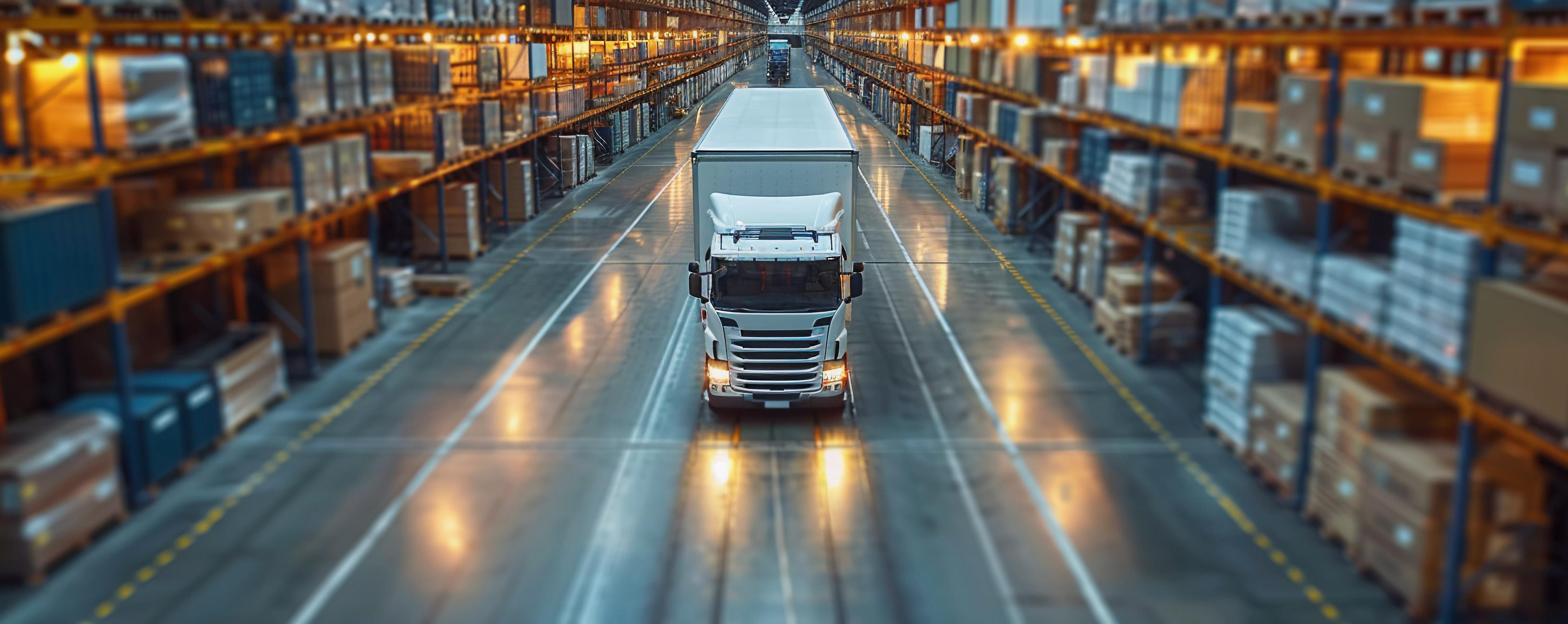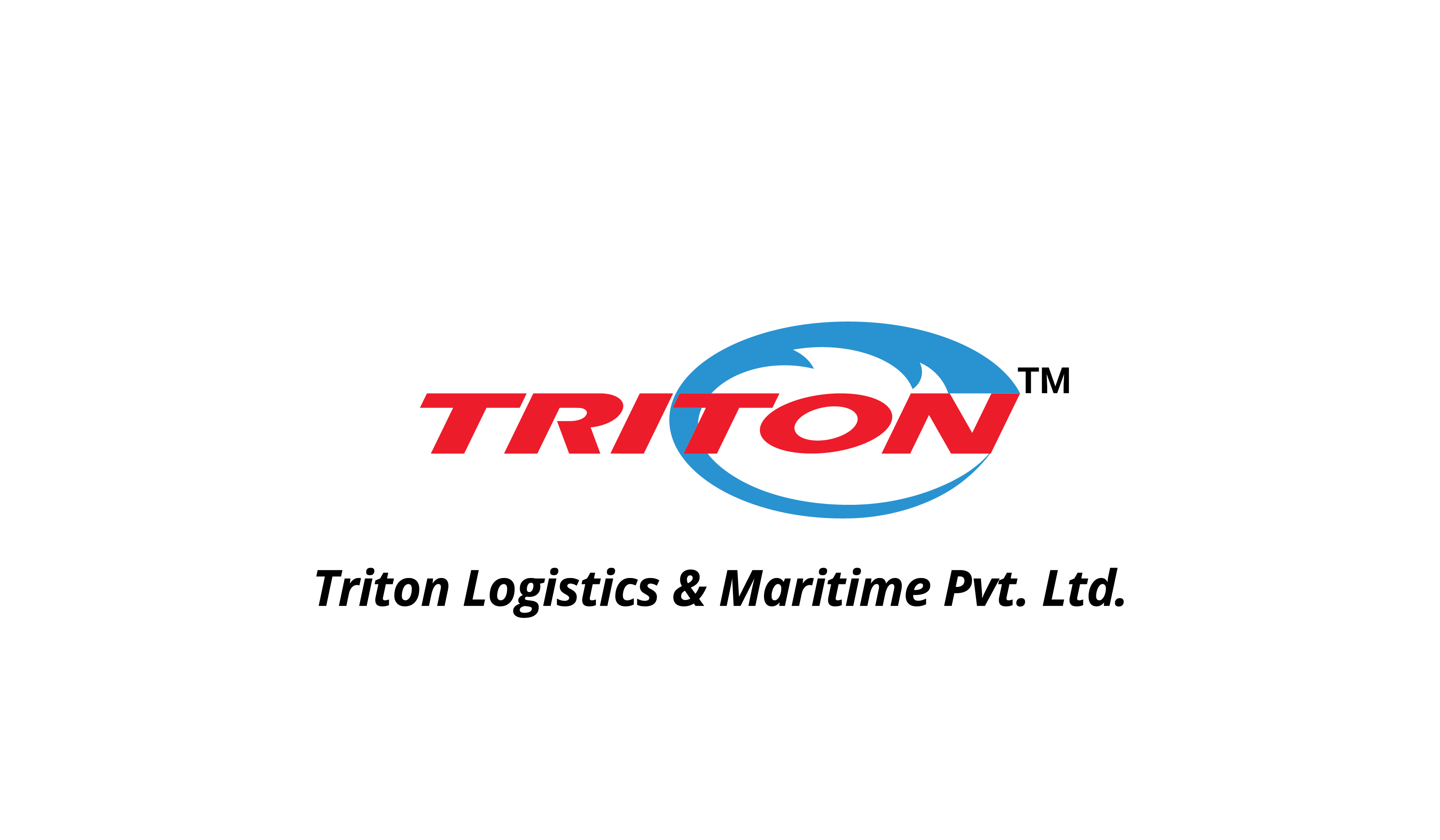Choosing the proper type of transportation in logistics has a significant impact on operational efficiency, costs, and customer satisfaction. In a globalized world where supply chains can span multiple continents, and demands change rapidly, businesses must align their transport decisions with their particular needs if they want to remain competitive. Perishable goods might require transport that is quick and efficient. On the other hand, bulk commodities might require a mode of transportation that allows for a cost-effective bulk handling approach. Each mode of transportation has specific capabilities that cater of the various logistics requirements. This guide describes the more common types of transportation modes, their benefits and disadvantages, and how to use them effectively while considering the recent data in the transportation industry as a basis for strategic decisions.

Main Modes of Transportation in Logistics
Logistics typically engages a few primary transportation modes that operate in different situations in the supply chain. These modes are road, air, and sea transportation, and they are often used in combinations with each intermodal. Knowing their operational characteristics can help leverage their strengths and mitigate their weaknesses.
Road Transportation
Road transport is primarily performed by trucks and provides flexible transport for a variety of cargo, and at a variety of distances. Because road transport is so flexible, it is especially effective in urban and rural areas, where it can easily adapt based on access to locations.
The advantages of road transport apply to any dash number of trips and include:
- Door-to-door service means the customer never has to transfer their cargo.
- Fast and flexible delivery over the short and medium haul are perfect for timing customers demand.
The disadvantages of road transport are, road transport is subject to traffic conditions, bad weather, and long distances. Fuel and Maintenance costs are generally higher on longer hammer trips too.
Rail Transportation
Rail transport enables the movement of large quantities of materials over land in an efficient manner, linking manufacturing hubs with ports and distribution facilities.
Advantages are:
- Cost efficiency on bulk shipments but lower per unit cost than trucking
- Reliability and a lower impact on the environment due to fuel efficiency and lower emissions per ton-mile
- Capability for large and hazardous materials with its own infrastructure
Disadvantages include limited flexibility because route specifics outlined by wayside requirements and terminal access could extend overall transit times on non-linear trips.
Air Transport
Air freight is focused on speed, moving goods via cargo airplanes to remote locations and spending the least amount of time on the ground.
Advantages include:
- Fastest mode of transport for time-sensitive high-value goods such as electronics and pharmaceuticals
- Capability for global distribution and reliability with no geographical barriers for time-sensitive international shipments
- Increased security measures reducing the risk of theft during shipment
Disadvantages include high-cost and freight capacity, making it impractical to move large shipments or shipments with low margins as well as reliance on the airport infrastructure.
Parcel shipping
Sea or maritime shipping is the transportation of bulky cargo moving across oceans and is a major mode of international shipping.
Benefits are:
- Inevitably has to do with the capacity to carry large amount of bulk freight for lower than air costs per ton or cubic foot.
- Reduced emissions when compared to air shipping, so that it helps you meet your sustainable practices.
- As it relates to size, larger vessel doesn’t have exposure to weather disruptions as much.
On the downside, transit times are obviously longer since it moves in and out of ports the same as air shipping, and of course there are still delays related to the ports and or interruptions related to the sea making it unsuitable for perishables or time sensitive cargo.
Comparing Methods: a quick one to visualize a fit:
This is what the comparison looks above in relation to all keystone’s elements for comparison:
| Mode | Speed | Cost | Capacity | Best For |
| Road | Medium | Medium-High | Medium | Short hauls, flexibility |
| Rail | Medium | Low | High | Bulk, long distances |
| Air | High | High | Low | Urgent, high-value |
| Sea | Low | Low | Very High | Bulk International |
This system helps in initial evaluations, although practical usage combines modes through intermodal transport for hybrid efficiency.
Things to Consider When Selecting a Mode
Determining the most appropriate transport mode involves considering several variables to align logistics objectives.
Key considerations are:
- Characteristics of the cargo, including size, weight, fragility, and perishability, determining handling requirements.
- Distance and route details, opting for sea or rail for long distances and road for short distances.
- Time sensitivity, with air glittering for deadlines but sea fitting non-urgent bulk.
- Budget distribution, weighing initial costs against overall logistics costs.
- Environmental and compliance considerations, focusing on low-emission alternatives in the face of tightening regulations.
- Infrastructure availability and reliability, evaluating access to ports, rail, or highways.
Systematically combining these guarantees robust supply chains that can recover from disruptions.
Recent Data and Trends in Logistics Transportation
The logistics industry shows strong growth, with the world market worth about 3,931.8 billion dollars in 2024 and projected to grow at a compound annual rate of 7.2 percent until 2030. Rail freight recorded a high of close to 12 trillion ton-kilometres globally in 2024, highlighting the efficiency with which it transports volumes.
In 2025, air freight demand rose three percent in the first half underpinned by expansions in capacity, while overall transport and logistics activity anticipates a 4.1 percent growth, powered by trade and investment booms. Such trends reflect a new trend toward multimodal approaches and environmental sustainability with modes such as sea and rail gaining popularity for their green efficiency in the face of economic slowdown projections.

Conclusion
Shipping modes in logistics require sensitivity, comparing advantages and disadvantages and situational considerations to meet certain requirements. With the changing dynamics of the industry through integration with technology and the marketplace, knowledge-informed choices drive competitiveness and sustainability. We at Triton, strategically integrate modes and keep track of trends set themselves up for long-term success within international supply chains.




